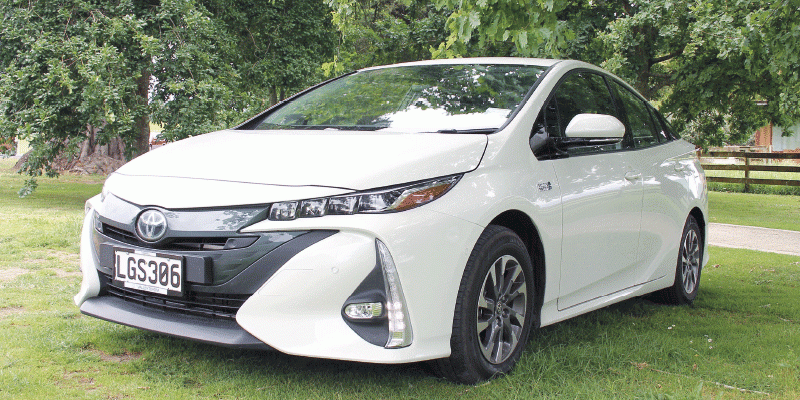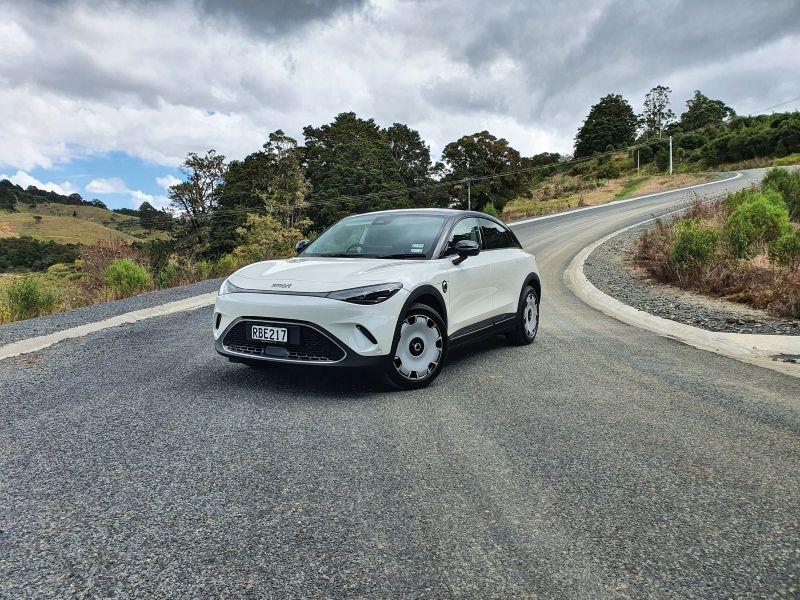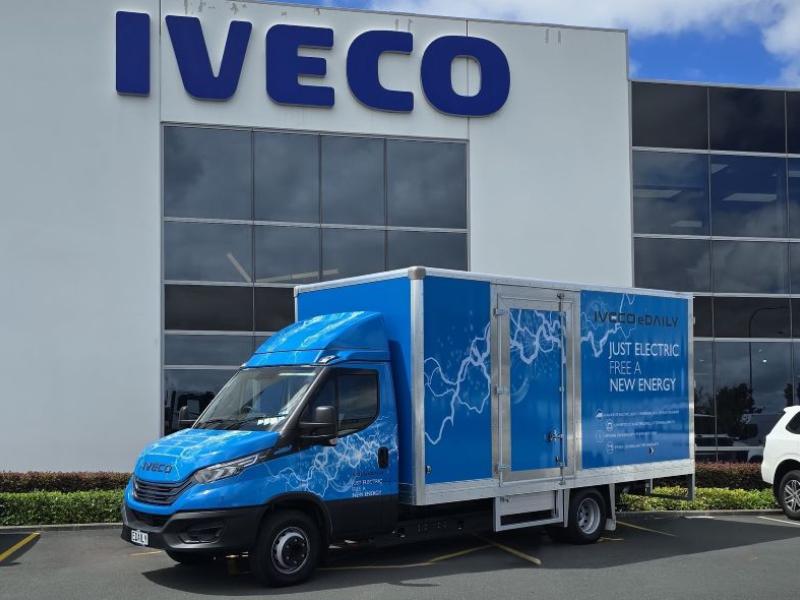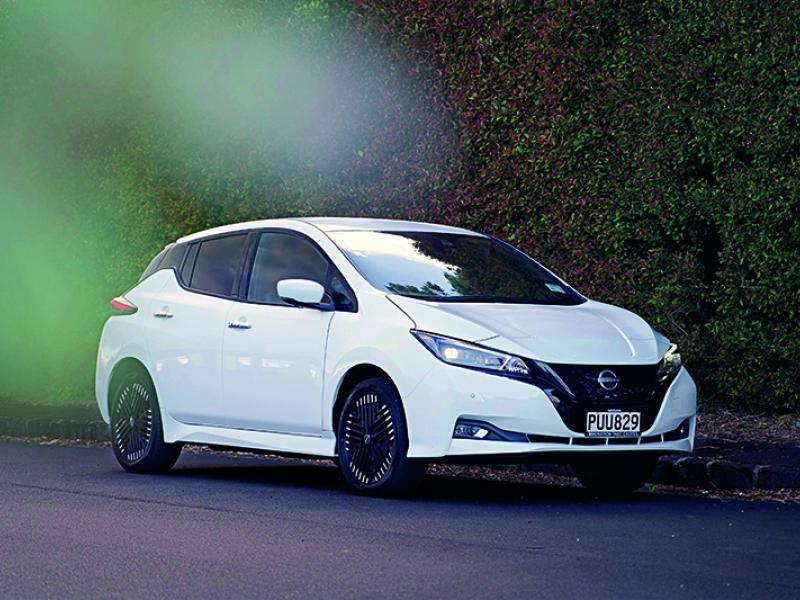Some of our readers out there may be thinking we are teaching their grandmothers to suck electric lemons with this article.
However, Ford’s recent launch of the plug-in hybrid Transit Custom, hot on the heels of the release of Suzuki’s hybrid Swift and the momentary blank face flicker of various motor noters when the van was described as a series hybrid as opposed to a parallel one, we felt a discussion piece on the differences between parallel and series hybrids might not go amiss.
By definition, a hybrid is the marriage between a conventional petrol or diesel engine and an electric motor with a battery connected to it.
A series hybrid uses an electric motor to drive the wheels in place of the petrol engine, which has the sole purpose of charging the battery for the electric engine.
While the engine in a series hybrid can be quite small, the battery is conversely quite big (to contend with higher road speeds and greater range potential) and because they often require a petrol engine and a generator to supply the battery, series hybrids – like the one found in the Ford Transit hybrid – are typically more expensive than parallel hybrids.
By contrast, the parallel hybrid uses a regular petrol/diesel engine and an electric motor on a common transmission and thus the engine and motor can work independently or in parallel to drive the vehicle. The Mitsubishi Outlander runs a parallel hybrid configuration.
And because it is possible, there is the series-parallel, as used by the Toyota Prius.
Combining the designs of both series and parallel set-ups, the combustion engine can drive the wheels directly (à la the parallel system) or be effectively disconnected (as it is with the series hybrid) with only the electric motor doing the donkey work.
From a consumer’s perspective, parallel hybrids typically give better fuel efficiency, but the series hybrids typically give increased range and have greater potential for workhorse vehicles.
There is also what is referred to as a mild hybrid, which is the most cost effective, being the cheapest of all hybrid technology available. Mild hybrids typically work with the electric motor and conventional fuel engine as a team: the electric motor assisting the combustion engine when more power is needed. When the vehicle would ordinarily be idling, the control unit in a mild hybrid shuts off the combustion engine but leaves the electric motor to keep the vehicle ready until it is time to move.
The driver either puts the vehicle in gear or engages the accelerator and the battery restarts the combustion engine.
A full hybrid can either use the combustion engine and the electric motor together or as individual sources to move the vehicle.
Does the plug-in electric vehicle make more sense than a purely electric vehicle?
The answer will depend on the sort of travelling you have in mind, but the plug-in hybrid makes a lot of sense for the widest number of applications.
Since the plug-in hybrid does require conventional fuel as well as electrical charge, the combination eliminates range anxiety (this is where you freak out when your battery charge is at about 50 percent and you are miles from a fast charger).
You also have the sureness of being able to carry a diverse range of cargoes, from a full carload of people or a combination of people and stuff and it means you have the convenience of just plugging into a standard house plug without any extra wiring or power box installation.
A PHEV is more familiar to most people who have been brought up on a diet of regular cars. Purely electric vehicles have extremely aggressive braking systems, and no perception of cruising torque, which can unsettle a driver. The only habit a PHEV driver really has to get into is plugging in the vehicle at night, but even this isn’t a critical consideration because you still have a full tank of petrol anyway.
For futureproofing your business, it’s a good idea to stay abreast of hybrid technology, as it is still changing for the better.






